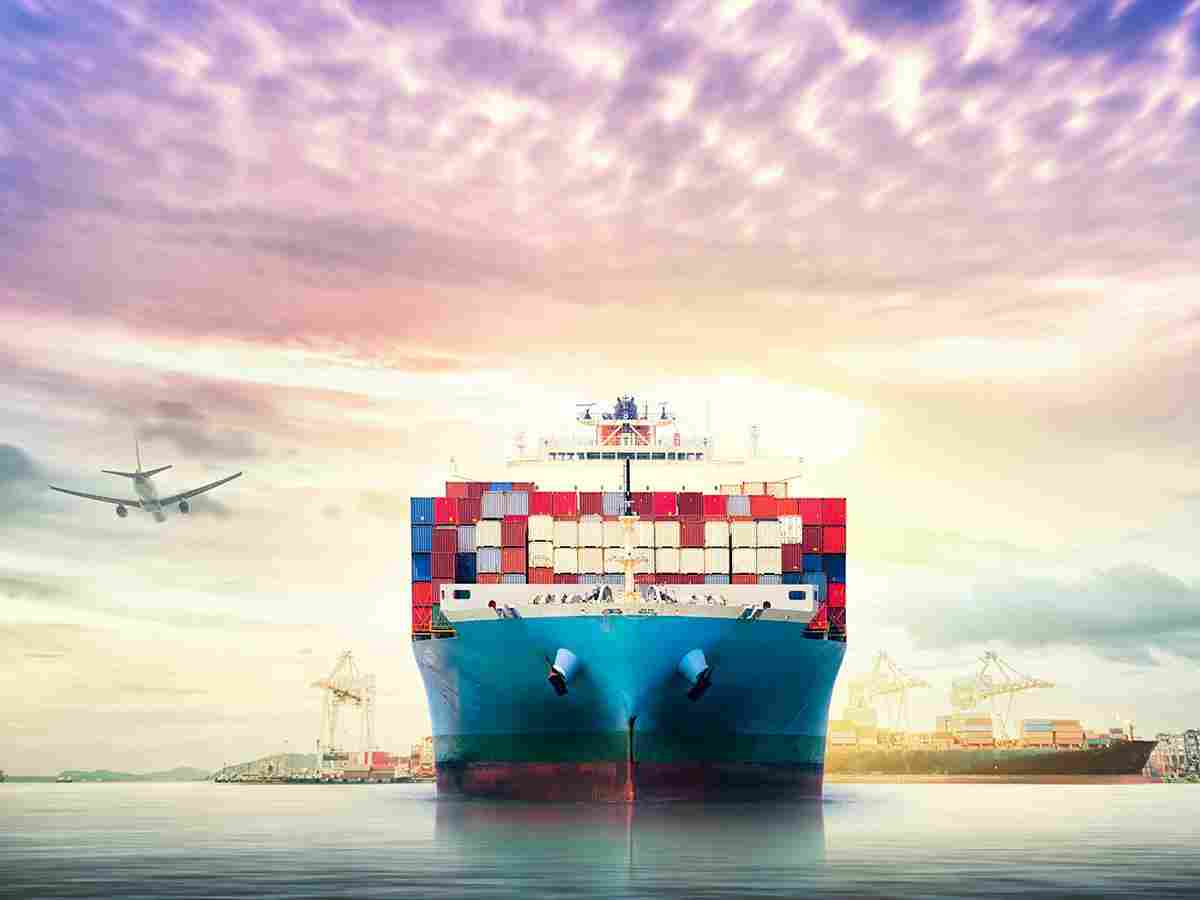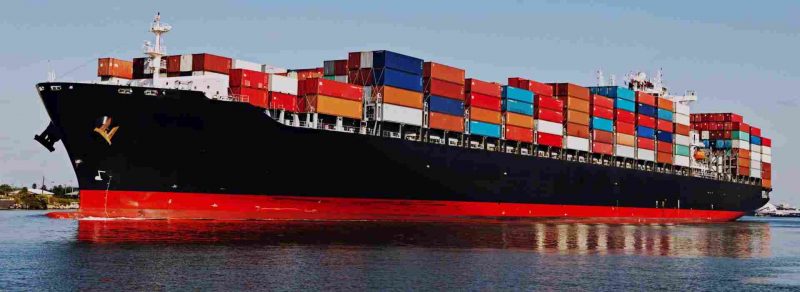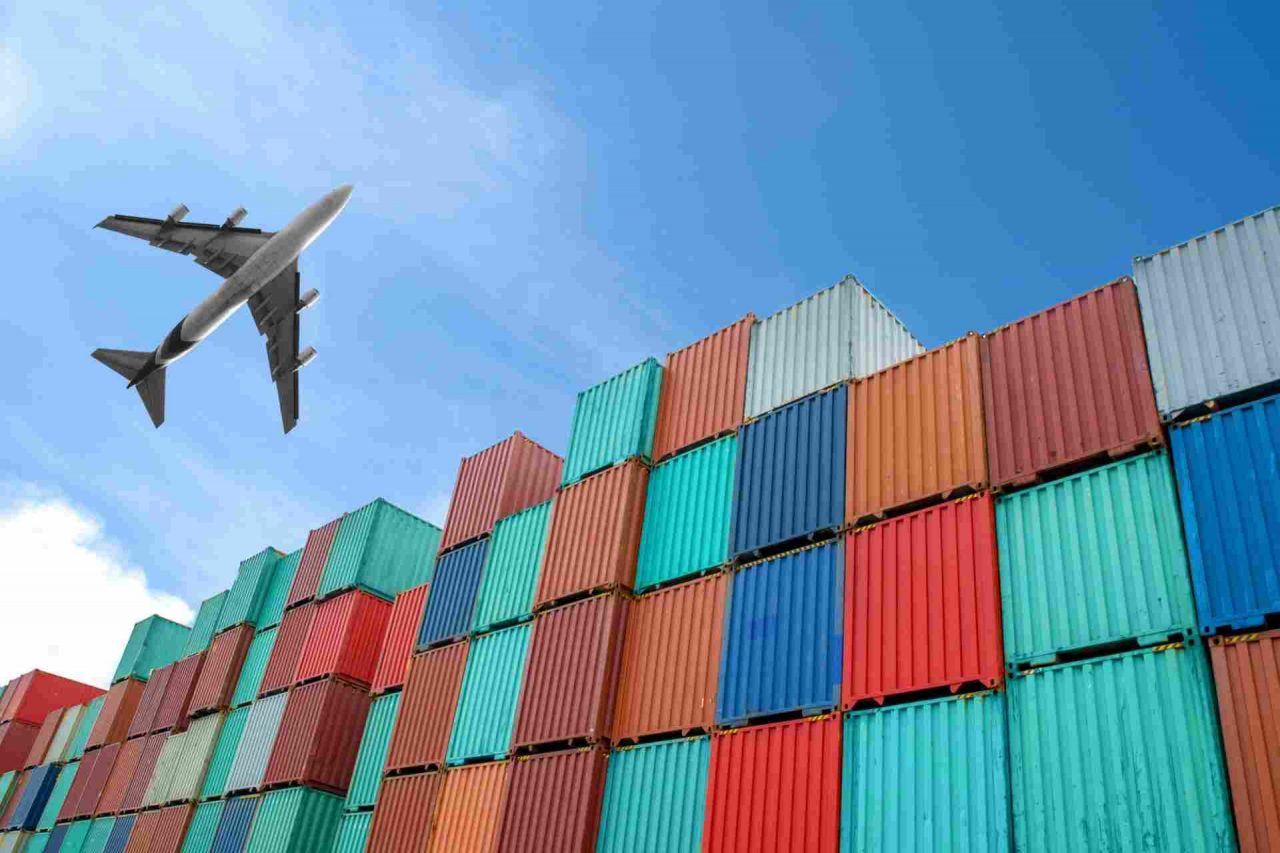The West Coast has been experiencing one of the largest shipping cargo pileups the country has seen since 2015 due in large part to the Corona Virus pandemic that took the world by storm in 2020. Because of this unexpected volume of product, some of the busiest shipping ports in America, like Los Angeles and Long Beach, now have to navigate this congestion and prepare for the future.
In this article, we will be discussing what is causing this surprising pileup, how it compares to that of 2015’s similar cargo fleets, and how Los Angeles and Long Beach plan to take action.
What is Causing the California Shipping Cargo PileUp?
In 2020, the world was taken aback by the news of an infectious disease leading to a complete world-wide shut down. The Corona Virus affected the US healthcare, its economy, and, in a surprising turn, what people chose to spend their money on.
Leisure travel accounted for 80% of all U.S. domestic travel making up a total of 2.3 billion dollars spent in 2019. With the state-mandated lockdowns and quarantine in effect, travel no longer became an option leading to higher consumer spending on products such as furniture, cars, and everyday essentials.
2020 also saw the enactment of The CARES Act which gave $600 extra to people on unemployment as well as a $1200 stimulus check. Two other stimulus checks would follow, but this governmental aid, designed to kickstart the economy, meant people could purchase more products.
As more people spent more time in their homes, they spent more money on creating a comfortable space to be in. Because of this, an increase in Chinese-consumer goods were purchased which led to an overhaul in transportation shipping. San Pedro Bay became the location where an armada of around 30 cargo ships would remain anchored for the better part of early 2021.
Los Angeles and Long Beach Container Congestion
High inbound volumes, due to the increase in consumer spending, have created an unexpected delay in shipping, but the Los Angeles and Long Beach container congestion storm has been a product of other issues as well. Let’s take a look at a few other reasons why these two ports have been experiencing extreme delays.
Lack of Available Ships
Due to high import volumes, shipping ports like Los Angeles and Long Beach have found it difficult to keep up with the cargo demand leading to multiple sailing cancellations of ocean shipping containers.
This was done in an attempt to stabilize costs as many Asian factories were temporarily stopping production of goods due to pandemic lockdowns. A bottleneck was created as Asian countries began production again while the US was still in lockdown. The ratio of consumer goods to available ships was incredibly skewed due to the different timelines of multiple countries.

Landside Complications
Logistical complications along with high inbound volumes are causing not only significant delays in goods transportation, but also causing shipping cargo pileups.
Covid Cases Among Dock Workers
The Covid-19 pandemic can be seen as the broad macroeconomic cause of the high inbound volumes creating the bottleneck in the West Coast, however the pandemic is also the reason for increased shipping delays regionally.
In January of 2021, The International Longshore and Warehouse Union saw an increase in Covid cases among dockworkers. On Jan. 17, 694 workers tested positive and by Jan. 25, the number had reached 803.
Port Shipping Containers: 2015 vs. 2021
2015 had a lasting impact on the world of shipping and importing with contract negotiations for dock workers creating massive congestion rates at ports. The first quarter of the year saw an average of 28 anchored ships–an extremely high rate at the time.
This congestion, however, seemed to only last around six weeks compared to the current port pileup.
2021 has changed history with the armada of ships that currently sit anchored at San Pedro Bay in California. This year, March has seen an average of 33 ships anchored with no clear end in sight.

Capacity of Shipping Containers: 2015 vs. 2021
Not only has the number of ships anchored and the duration increased in 2021, but the capacity of shipping containers has also seen a dramatic increase due to the pandemic. The high volume of import has meant that shipping containers have also needed to increase in order to accommodate the influx of goods.
The majority of anchored ships in 2015 had capacity of under 10,000 TEUs.
On Sunday, according to Marine Exchange of Southern California, there were 29 container ships at anchor. Eleven were over 10,000 TEUs. Five of the ships had a capacity of 14,000-15,000 TEU.
When Will The Port Congestion End?
In an attempt to get ahead of the congestion, ports have begun to chart the course in order to understand where they must go now that a new stimulus bill has been passed and rates have steadily increased.
While premium rates have decreased, Strategists believe that there might not be an end to this congestion until Summer. It will take months for China, Europe, and North America to become synced up again and until then, the focus will be handling the current congestion.
There have also been talks of a diversion course where the container ships stuck in San Pedro Bay will be transferred to East Coast ports like Savannah as they aren’t dealing with as much influx as California.
How Heavy Weight Transport Can Help
Port pileups affect us all, no matter where you are in the world and during this uncertain time, Heavy Weight Transport is here to help. We work to positively impact the global community by continually providing exceptional and ethical service in drayage, warehousing and brokerage to importers and exporters in the United States, with a focus on heavy cargo.
Because we work with ports on the East, South East, and Southern Coast, you can be assured that your goods are delivered safely and effectively. Contact us today and get started!








